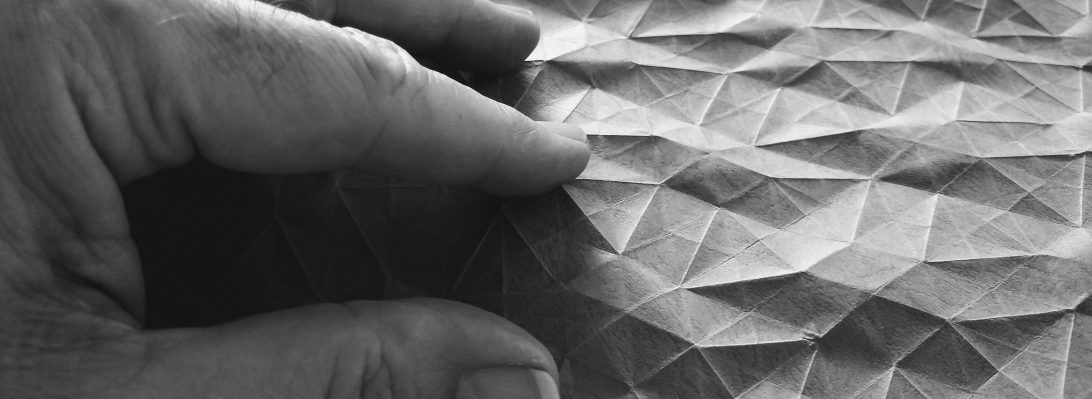This is nuts, seriously NUTS. I started this model 2 weeks before exam block, and have been chipping away at it ever since:
This monolithic modular is Yoshino’s T-Rex Skeleton and I for one am totally impressed with the attention to design detail here. Firstly the overall proportions are correct – no mean feat as it is comprised of 21 A3-cut squares, each piece designed to slot together, each piece correct in relation to the others – wow.
If you carefully consider – the head is 2 pieces (top of skull and jaw), neck (snarly pleated sculpture) is 2 pieces, each arm/shoulder blade assembly is 1 piece, then the rib cage – 6 varying size/curvature ribs (1 piece each), pelvis (2 pieces), lovely long legs, bastard of a tail (5 segments, each took over an hour in itself).
I am really pleased with the result, and will probably work out a wire armature to run along the spine so it will stand. The school Science Department have expressed interest in displaying this beastie as I certainly have no where big enough – tail to nose it is over a metre long and nearly as high.
This has taken an age to fold – each piece was a complex model in itself and the instructions were only in Japanese – no useful annotations and annoyingly a different symbolism than is conventional to describe the steps – grrrr. I had to ask the Japanese Department to see if there were even any clues as to the suggested paper size of whether it was stated if the paper all had to be the same size – in the end I GUESSED it probably was.
Still, it worked, and wow, no I mean WOW – this guy is amazing.














































